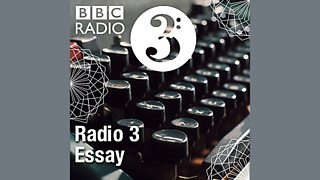Clay Bricks
Poet Fiona Hamilton considers the different states of clay, before and after it's baked hard, reflecting how clay deposits were left behind by the last Ice Age.
The poet Fiona Hamilton contrasts the different states of clay before and after it's baked hard. The satisfying tactile quality of clay squished in the hand, compared to the dry ordinariness of a brick. It's part of this week's series of Cornerstones - nature writing about how rock, place and landscapes affect us.
Mud bricks are as old as civilisation, and have been used throughout the world, but in England they underpinned the Industrial Revolution, enabling the rapid, cheap construction of mills, factories, terraced housing and the bridges and viaducts of an expanding rail network. Whilst bricks are mundane and ubiquitous, they derive from the deposits left across large parts of England after the last Ice Age, and so are surely the youngest 'rock' of all.
Producer: Mark Smalley
Last on
More episodes
Previous
Next
You are at the last episode
Broadcasts
- Fri 12 Jan 2018 22:45Βι¶ΉΤΌΕΔ Radio 3
- Fri 3 Sep 2021 22:45Βι¶ΉΤΌΕΔ Radio 3
Death in Trieste
Watch: My Deaf World
The Book that Changed Me
Five figures from the arts and science introduce books that changed their lives and work.
Podcast
-
![]()
The Essay
Essays from leading writers on arts, history, philosophy, science, religion and beyond.





